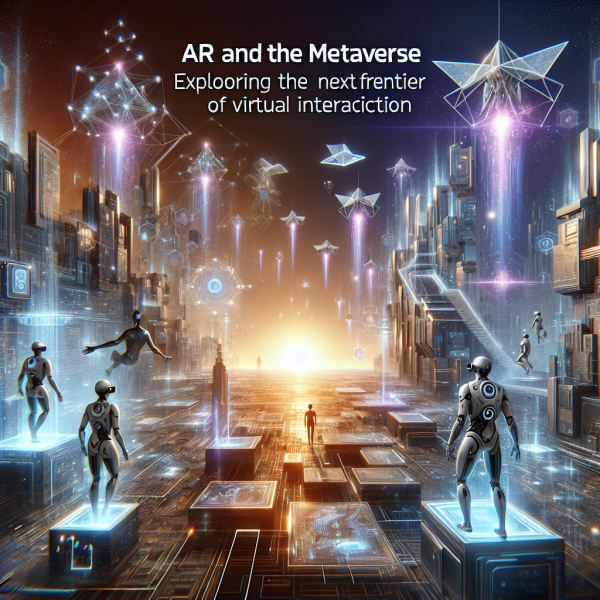Quantum Networks: Building the Framework for a New Era of Communication

In a world increasingly reliant on digital communication, the advent of quantum networks represents a groundbreaking leap in how we transmit information. These networks, grounded in the principles of quantum mechanics, promise not only unprecedented data security but also the potential to revolutionize the way we understand information sharing on a fundamental level. As researchers and technologists throughout the globe hasten to explore this frontier, the promise of quantum networks stands to reshape communication in ways that were once the realm of science fiction.
Understanding Quantum Networks
At their core, quantum networks utilize the principles of quantum mechanics, particularly phenomena such as superposition and entanglement, to transfer information in ways that classical networks cannot. Unlike traditional binary systems that rely on bits (0s and 1s), quantum networks operate using quantum bits, or qubits, which can exist in multiple states simultaneously. This capability allows them to process and transmit vast amounts of information with unparalleled efficiency.
One of the key features of quantum networks is quantum entanglement, a phenomenon where pairs of qubits become interconnected in such a way that the state of one instantly influences the state of the other, regardless of the distance between them. This property could potentially enable instantaneous data transfer across vast distances, challenging long-held notions about the speed limits set by light travel.
Key Advantages of Quantum Networks
Enhanced Security
One of the most significant advantages of quantum networks lies in their inherent security. Traditional communication methods are vulnerable to eavesdropping, where unauthorized parties can intercept and manipulate signals. Quantum networks leverage the principles of quantum cryptography, such as Quantum Key Distribution (QKD), which utilizes entangled qubits to create secure communication channels. Any attempt to intercept the quantum key would disturb the qubits’ states, immediately alerting the parties involved to the breach, thus ensuring that the communication remains secure.
Scalability and Efficiency
Quantum networks also hold the promise of increased efficiency and scalability. Because qubits can exist in multiple states, they can process a vast array of possibilities simultaneously. This characteristic could dramatically increase the bandwidth of communication systems, allowing for rapid information transfer that is not achievable with classical systems. Furthermore, as quantum technology evolves, the infrastructure for these networks could be designed to scale seamlessly alongside growing data demands.
Enabling New Applications
The transformation that quantum networks could bring extends beyond mere communication. They could unlock capabilities in various fields, including distributed quantum computing, which would enable remote quantum processors to collaborate seamlessly. This would lead to advancements in areas like drug discovery, optimization problems, and complex simulations that could significantly enhance scientific research.
Current Developments and Challenges
As promising as quantum networks are, they also face considerable challenges before they become mainstream. Researchers are actively engaged in developing crucial components such as quantum repeaters, which would allow for long-distance communication by overcoming the limitations of signal degradation that occurs in traditional systems. Moreover, there is the ongoing challenge of integrating quantum technology with existing infrastructure and standards.
Governments, universities, and private corporations are investing heavily in quantum research. Initiatives like the European Quantum Internet Alliance and the U.S. National Quantum Initiative aim to foster growth in this burgeoning field. Breakthroughs in material science, photon generation, and quantum error correction codes are crucial as they pave the way for the practical application of quantum networks.
The Future of Quantum Communication
The implications of quantum networking extend far beyond the enhancement of data security and speed of information transfer. As these networks develop, they may facilitate a plethora of new technologies and applications that can transform economies and societies.
Ultimately, quantum networks represent not just a technological advancement but a paradigm shift in how we conceive communication. As society stands on the cusp of this introduction to quantum networking, we must acknowledge both the challenges ahead and the boundless potential they hold. As we build the framework for this new era of communication, the hope is that it will lead to more secure, efficient, and transformative ways to connect and collaborate globally.
In conclusion, quantum networks are weaving together the threads of science and technology into a rich tapestry that heralds the dawn of a new communication age, posing questions and opportunities that could redefine the way humanity interacts with its interconnected world. The journey is just beginning, but the anticipation is palpable.













